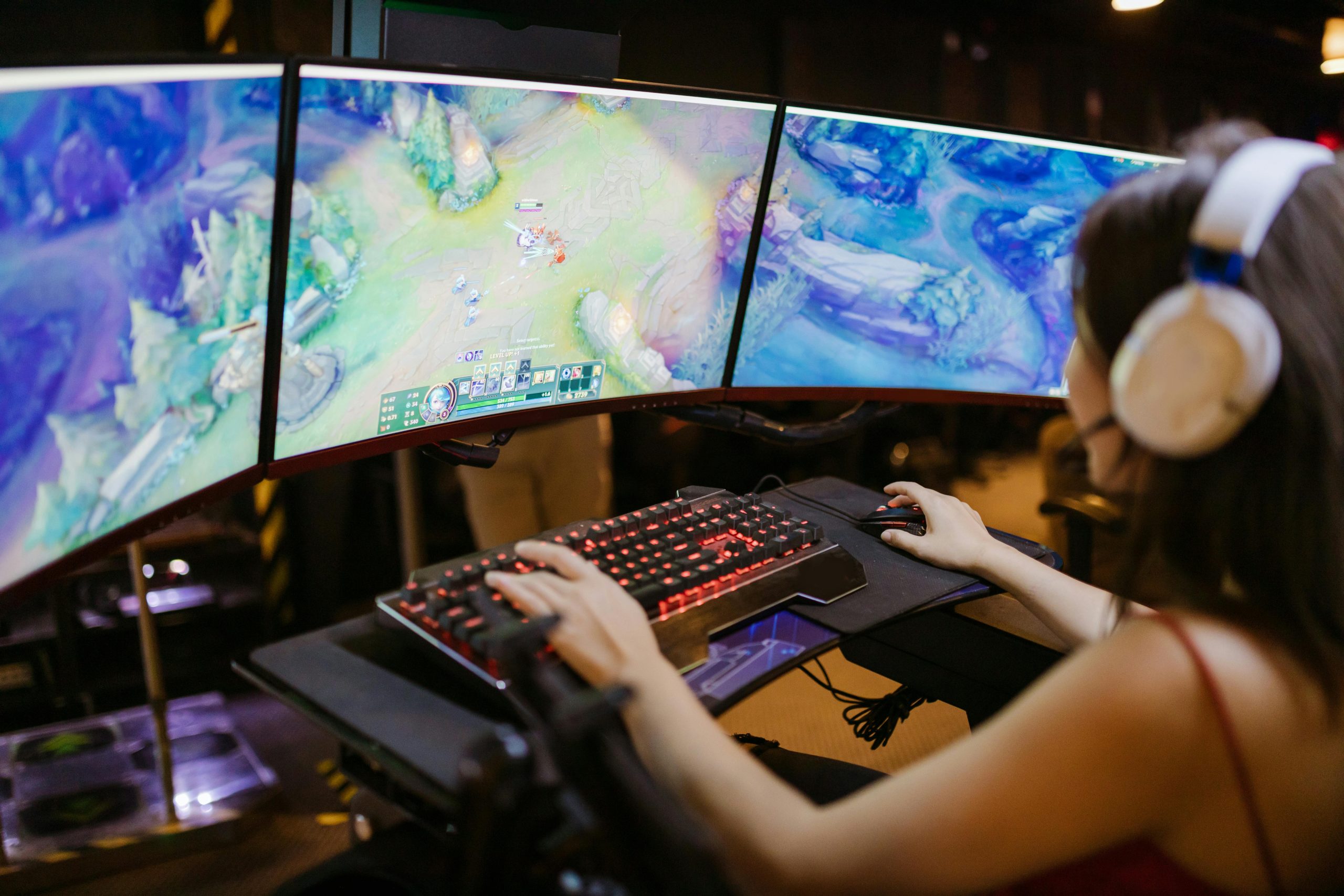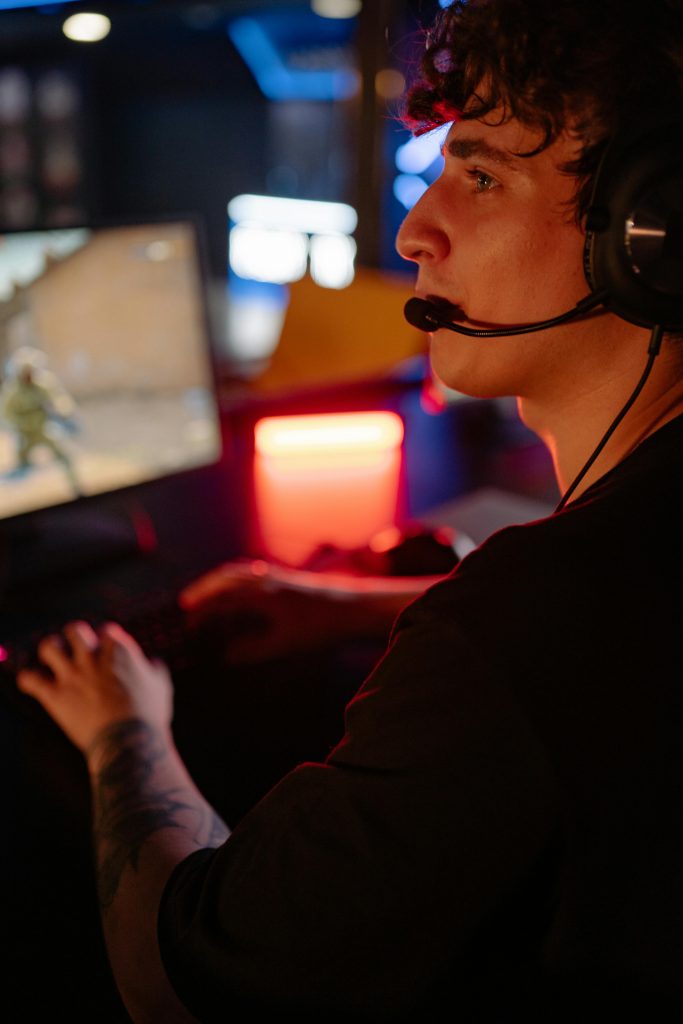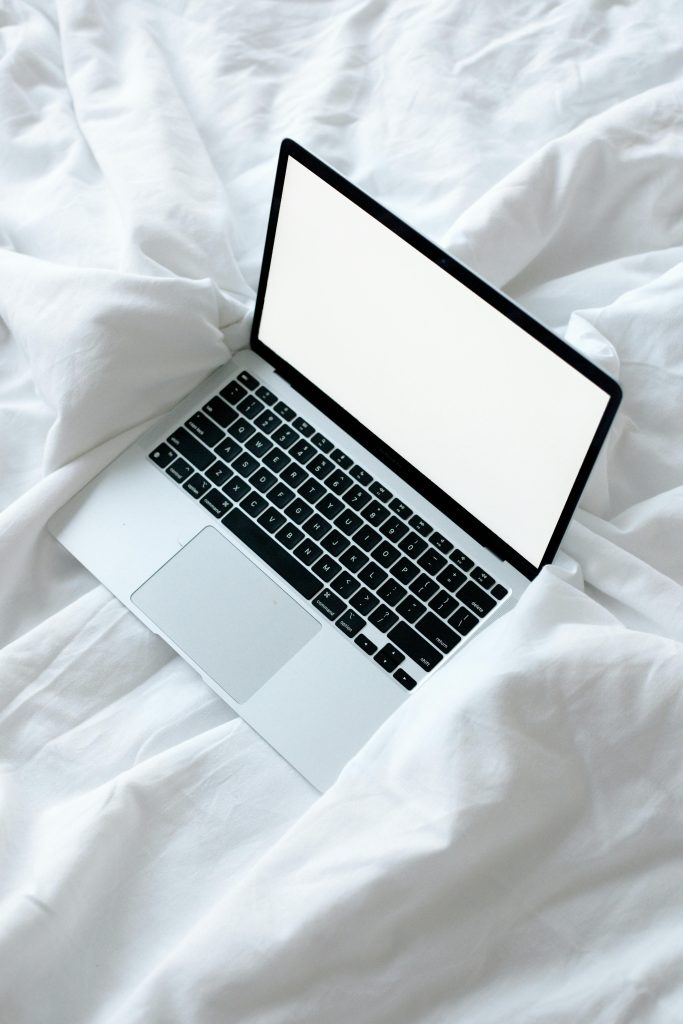Troubleshooting Monitor Detection and Peripheral Connectivity Issues Post-Upgrade
Upgrading and assembling a new PC can be an exciting process, but it often presents unforeseen challenges that require careful troubleshooting. Recently, I completed a CPU upgrade and encountered several issues that are proving perplexing. I want to share my experience and seek insights into similar problems, particularly regarding monitor detection and peripheral functionality following hardware updates.
The Scenario
After installing a new CPU and completing the assembly, I initially believed everything was functioning correctly. However, I soon encountered a power cycling loop, which I traced back to improper CPU seating. Re-seating the CPU resolved the power cycling issue, but new problems emerged:
-
The monitors connected to my GPU are not detecting any input, despite the GPU showing signs of power (fans spinning).
-
I cannot confirm if the system is operational beyond the hardware indicators, as the display remains blank.
-
Additionally, peripherals such as mouse and keyboard are not lighting up or responding post-boot, though these are lesser concerns at this stage.
Troubleshooting Steps Taken
I dedicated significant time troubleshooting the monitor connectivity issue and considered various potential causes:
-
Display Cables: Since the cables appeared to work fine prior to the upgrade, I suspect they may have become loose, damaged, or incompatible during the process. I plan to test with different cables or ports.
-
GPU Seating and Connection: Given that reseating the GPU is a common first step in resolving detection issues, I am considering reseating the graphics card to ensure proper contact.
-
BIOS and Firmware: I updated the motherboard BIOS before starting the upgrade, which generally improves compatibility. However, sometimes BIOS updates can introduce new issues or require configuration adjustments.
-
Power Supply and Connections: The GPU’s power cables are connected and showing signs of power, but verifying all connections remains a good step.
Next Steps and Recommendations
Based on the current situation, here are some recommended troubleshooting actions:
-
Test Display Cables and Ports: Use different HDMI, DisplayPort, or DVI cables and test different ports on the GPU to rule out faulty connections.
-
Reseat the GPU: Carefully remove and reinstall the graphics card, ensuring it is seated properly and that the power connectors are secure.
-
Clear BIOS Settings: Sometimes, BIOS settings can affect output detection. Resetting BIOS to default or reflashing the firmware may resolve detection issues.
-
**Check for Hardware Conflicts or
Share this content:



